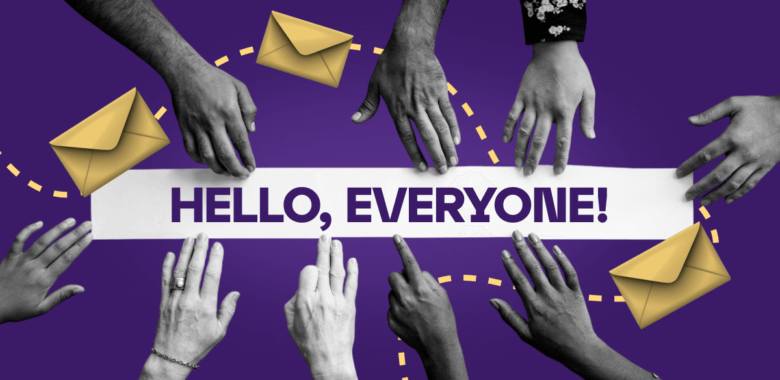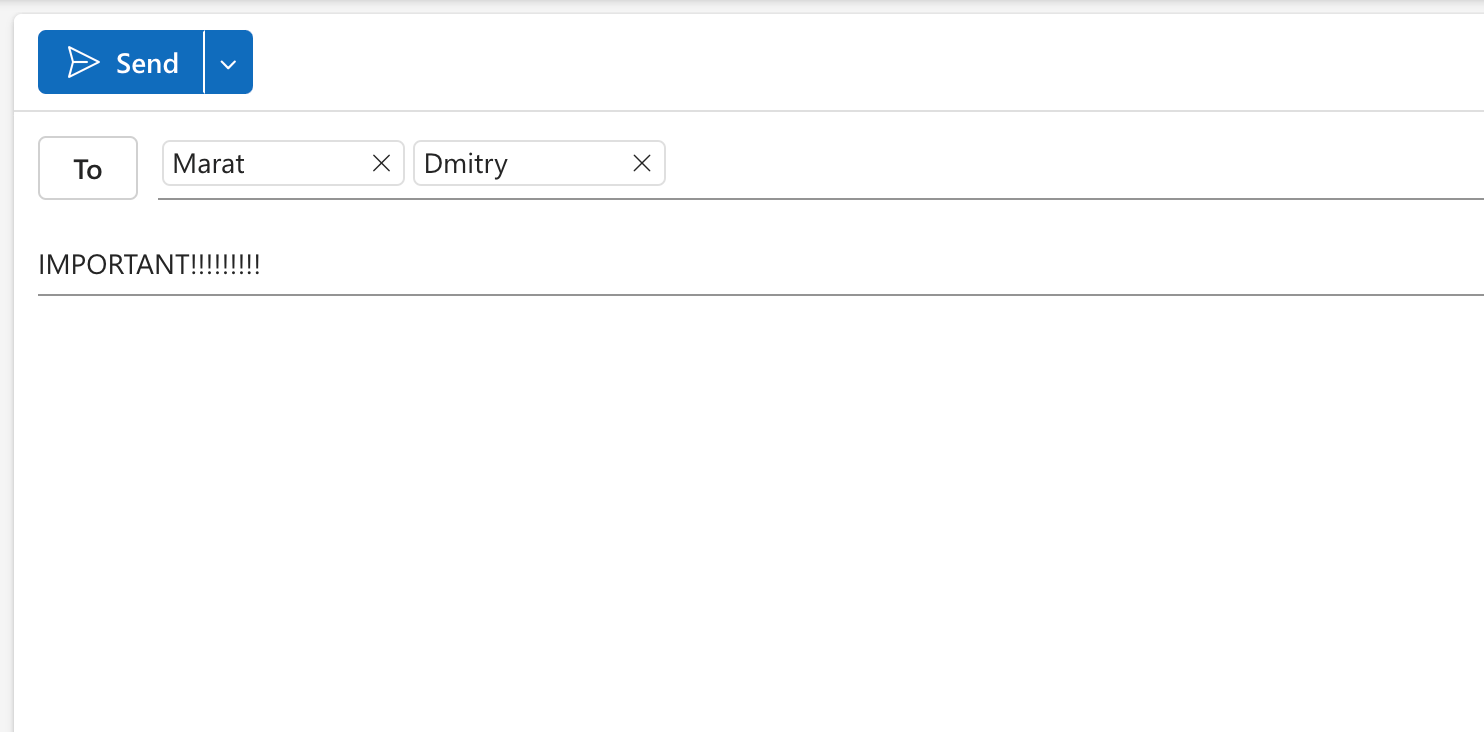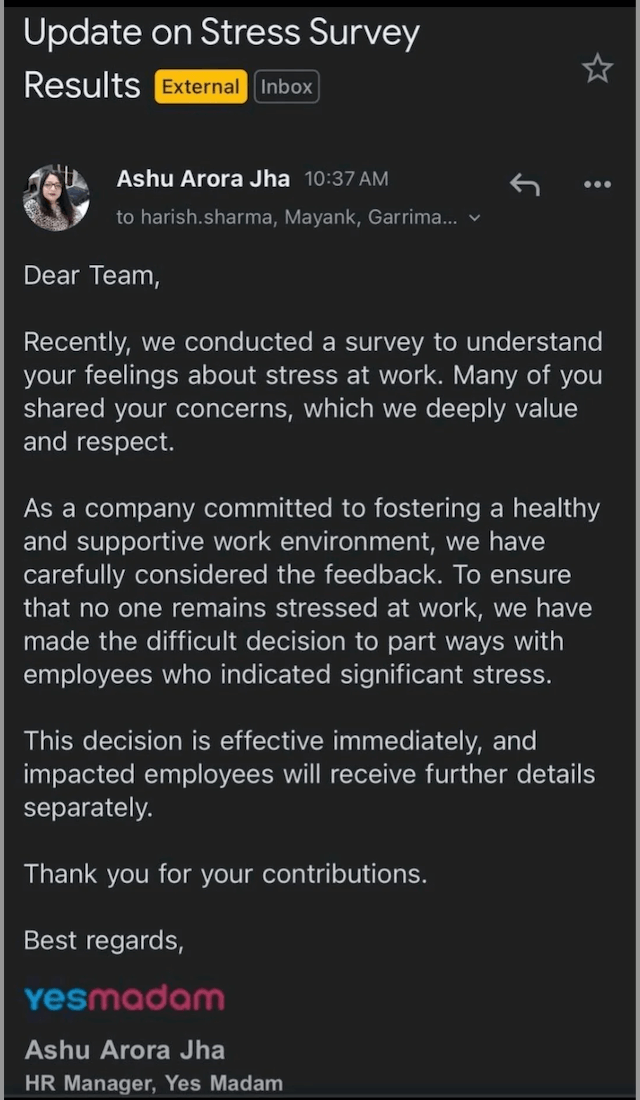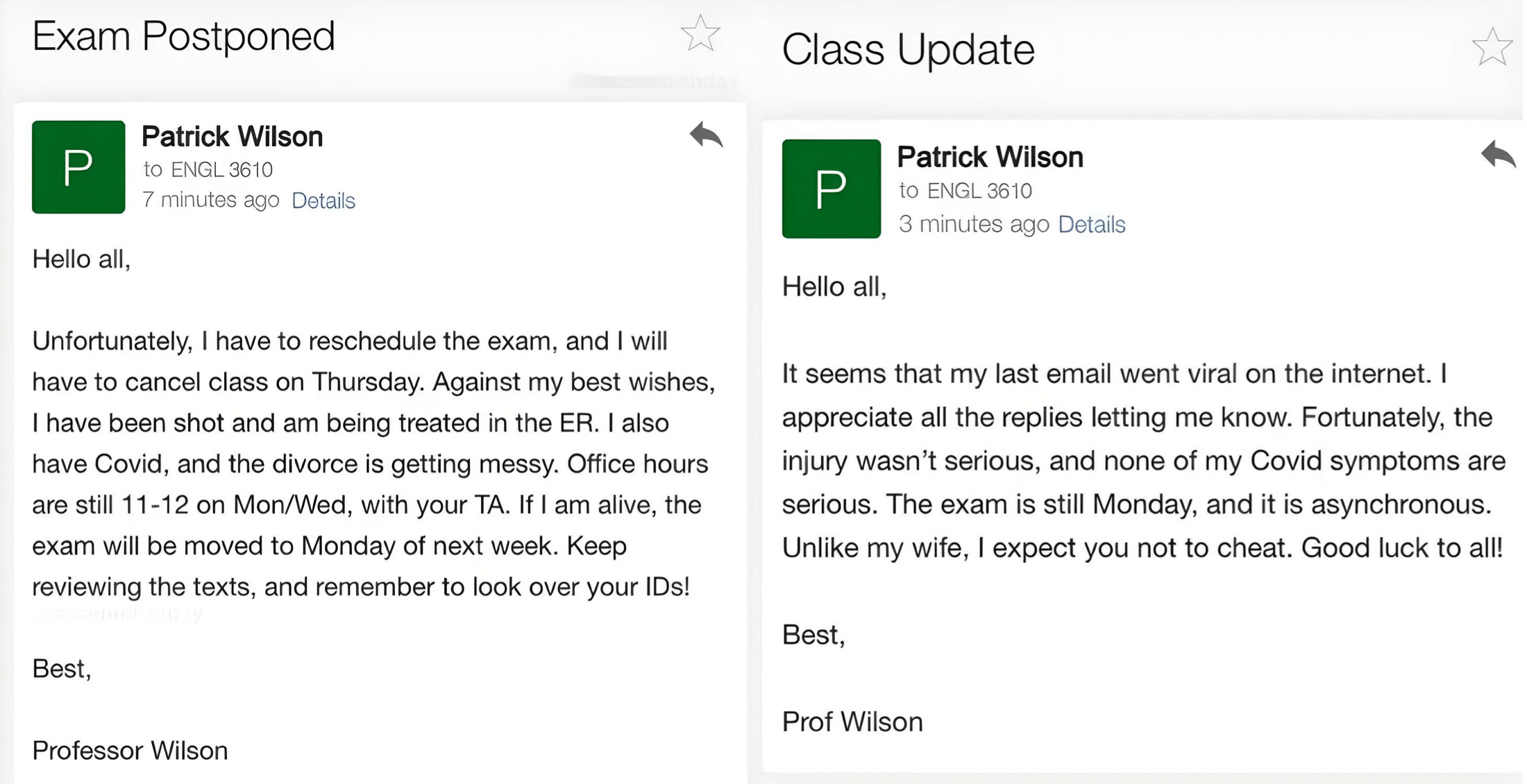Why address an email to multiple recipients?
Sending one email to multiple people makes communication consistent and time-efficient, as everyone receives the same message at the same time. It also simplifies collaboration and keeps the whole conversation in a single thread. In addition to this, addressing multiple people in one email reduces the risk of miscommunication or missed information, so it’s a clear and efficient way to handle group communications.
What are some of the situations when you may need to send the same email to several people?
- Sharing updates. If there’s an important announcement for your entire team, sending a well-addressed group email makes it so no one is left out.
- Teamwork. If you’re collaborating on a project with several people, a team message helps everyone stay on the same page and have access to the same information.
- Delegating tasks. If you’re managing several people, you sometimes need to assign tasks or responsibilities to them. Addressing everyone in the same email ensures clarity when it comes to workload.
- Client communication. When dealing with multiple clients or stakeholders, sending one email to all parties keeps everyone informed about updates, changes, or important decisions.












